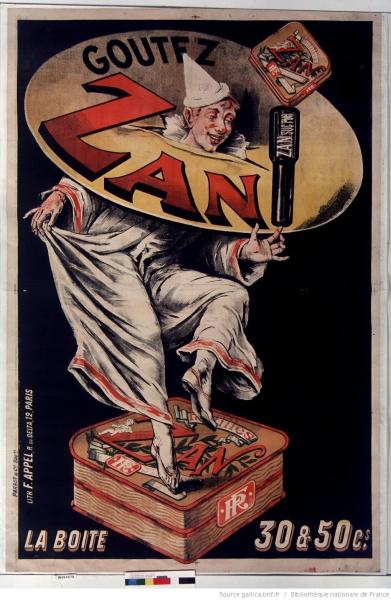- Read offline
- Access all content
- Use the in-app Map to find sites, and add custom locations (your hotel...)
- Build a list of your own favourites
- Search the contents with full-text search functionality
- ... and more!
réglisse
liquorice
Réglisse (liquorice or licorice) is native to the south of France, where people since forever have dug up the sweet roots and chewed on them (other names are bois doux, bois sucré, racine douce, or régalisse). You can still find bâtons de réglisse (little liquorice sticks) in shops.
The beautiul town of Uzès in the Gard became the centre of French liquorice production in the 19th century when its old silk industry was on the wane. A réglisserie called Zan, founded in Uzès, became France’s top maker of liquorice candy (if you are studying 20th-century French culture, you may have wondered about all the references to ‘Zan’ that pop up in books and films) .

In 1987, Zan was bought by Haribo, who still produce Zan products and use the former factory in Uzès as its Musée du Bonbon.
Today France is the world’s top exporter of liquorice extract. Domestically, it’s used to flavour France’s favourite apéro, pastis and certain tisanes, and Cachou and other sweets.
Images by Non identifié / Unknown, Salil Kumar Mukherjee

